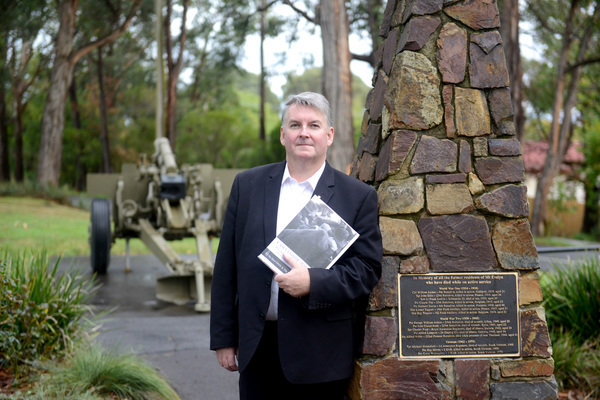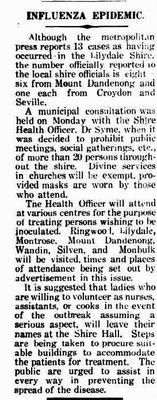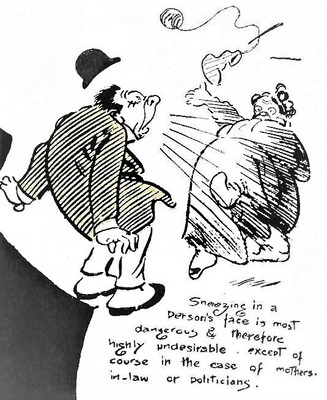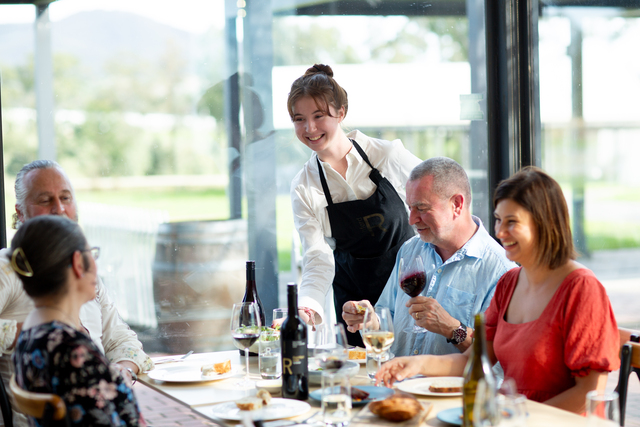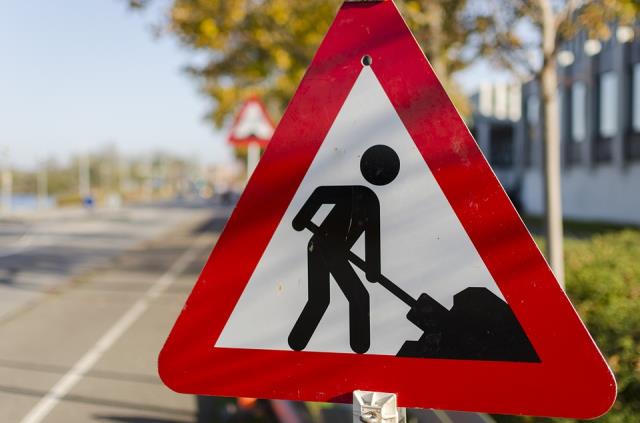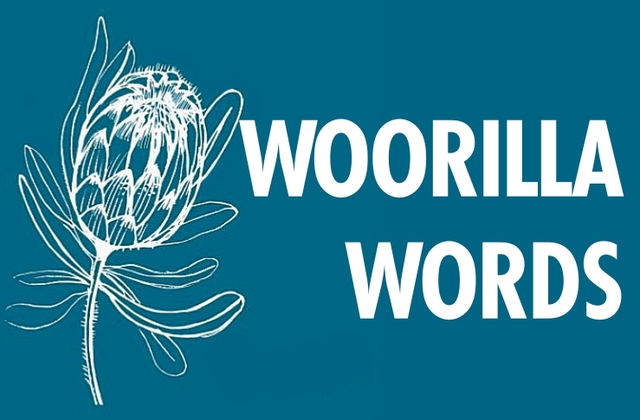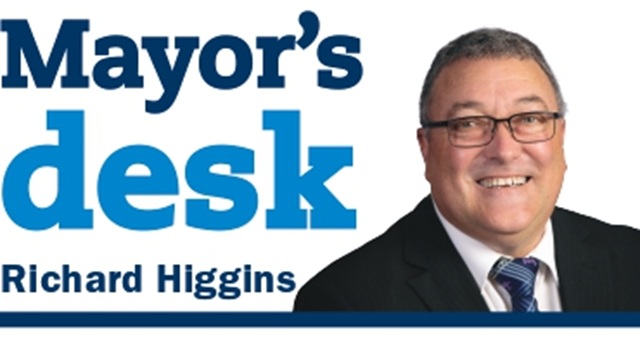As school students throughout the Yarra Ranges stay home due to the coronavirus pandemic, this is not the first time this has happened in our history.
One hundred and one years ago, in January 1919, all schools were ordered closed until further notice as the area became affected by an influenza pandemic known as the Spanish Flu.
The 1918-1919 Spanish Influenza pandemic is regarded as one of the world’s worst natural disasters.
At the time it started and began to spread, there was no cure for it and with the movement of troops all over the world it soon spread to almost every country.
Symptoms included temperatures of 103 degrees, intense nausea and a dry cough as the lungs clogged with blood, foam and mucous. The disease was both fatal and highly contagious.
The exact death toll is unknown, but it is estimated to have been between 40 million and 100 million people worldwide – a greater toll than that resulting from World War 1. Twelve thousand are known to have died in Australia from the disease.
Those who had waited long for the war’s end with an optimism for the future and a hope that life would settle down after the hostilities would have their dreams shaken in those early months of peace.
The disease was most likely brought into the country by returning servicemen who had succumbed to the disease. In fact during 1918 and 1919 32 local soldiers had been hospitalised overseas with the disease while 12 of them died from it. Despite quarantine precautions on all ships arriving in Australia, the epidemic spread to the civilian population.
Locally, the first case recorded was the Lilydale Assistant Station Master who was stricken down with the symptoms in late January 1919. Over the next week 13 other cases were reported in the Shire with six coming from Mt Dandenong.
A municipal consultation was held fairly quickly with the Shire Health Officer, Dr Arthur Syme, deciding to prohibit public meetings and social gatherings of more than 20 people and he ordered all schools to be closed. Church services, however, were exempt providing gauze masks were worn by those attending.
At the National Bank in Lilydale all staff took to wearing masks and equipped themselves with sprays and inhalants.
Dr Syme also arranged for free inoculation centres to be organised at Lilydale, Montrose, Wandin, Silvan and Monbulk with over 400 residents going along to be inoculated.
The new Elementary High School building in Lilydale, due to be opened that year, was altered to provide possible hospital accommodation for any serious cases that should occur and a busy gang of local workmen refitted the school room and organised for gas and water to be laid on.
The local Red Cross branch moved into action and a list of names were taken of volunteers willing to work as nurses or cooks or to even make furniture.
Another 15 cases were reported over the next month in the district with one little girl, Beatrice Leahy, becoming a fatality.
She would be the only local fatality. In fact the precautions and treatments organised locally were instrumental in stopping the disease from spreading more extensively and the school never ended up being used as a hospital.
In this case the Shire was relatively lucky as Victoria recorded over 3500 deaths. To come so soon after the end of the war was a depressing blow to an era the world had long looked forward to.

